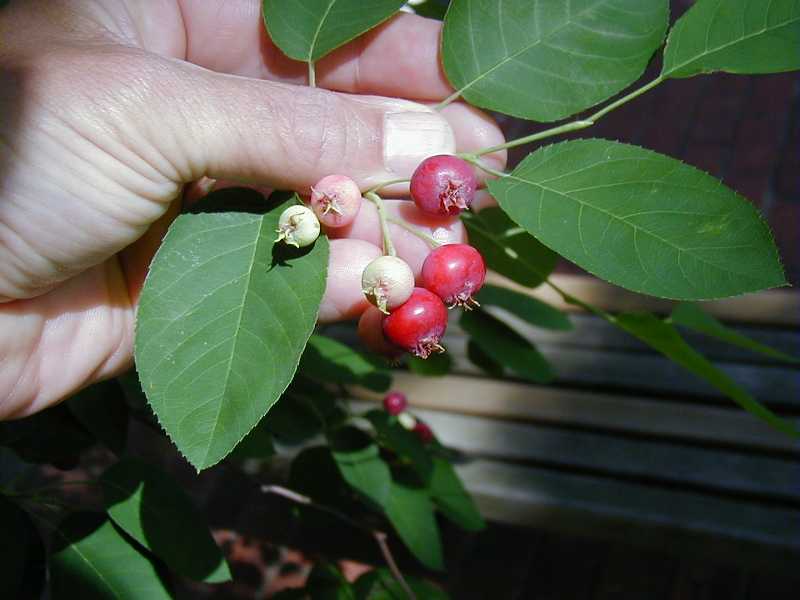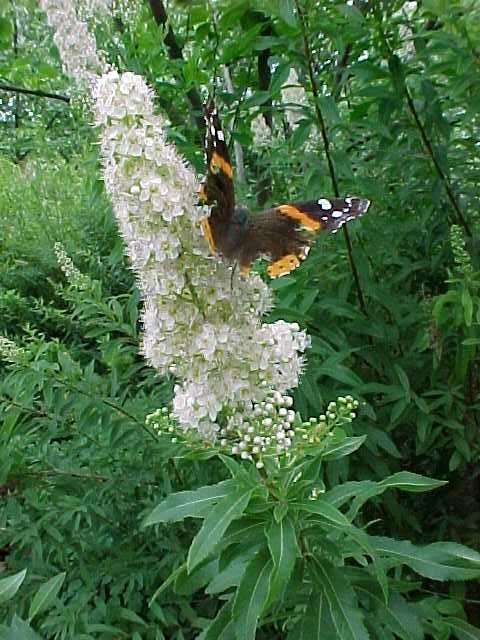The understory is the part of a forest made up of shrubs, herbaceous plants, grasses, mosses, lichens, and even small trees. While interest in forests tends to focus on the big trees, most plant diversity is found in the understory. This high level of diversity in understory vegetation makes important contributions to ecosystem stability. Understory plants drive soil quality and nutrient availability, influence the species composition of the tree canopy, and provide habitat and food for wildlife.
When urban land is developed, understory is removed, decreasing ecosystem functioning. Post-development landscaping often includes non-native species that may not contribute to the ecosystem as effectively as native counterparts. A diverse understory, particularly one with a high proportion of native species, supports a diversity of birds, bugs, and mammals, all of which have important implications for the stability and resilience of an urban forest.

In our backyards, we can build more understory by planting native shrubs. LEAF offers a wide variety of hardy native shrubs to create multiple layers in your backyard forest. Species like grey dogwood, pagoda dogwood, eastern redbud (if you live in Toronto), nannyberry, common witchhazel and serviceberry can all grow to 15 feet or higher. These shrubs not only help green your backyard, create privacy screens and provide shade but they also attract birds and butterflies. Grey dogwoods, for example, are much loved by birds, with over 90 species using them for food and shelter. Many of these shrubs also have fruit that you can eat –if you can get to it before the birds! I pass some serviceberry shrubs on my way to work and I’ve been munching on berries every day for the past couple weeks.

In addition to our taller shrubs, you can create more levels using mid-sized shrubs like black chokeberry, arrowwood, meadowsweet, and red osier dogwood. These shrubs range in height from 4 to 6 feet and are great for creating hedges or separation in your yard. Additionally, butterflies love meadowsweet and black chokeberry fruit is an important winter food source for birds.

Next, add in another layer with low-growing shrubs like bush honeysuckle (which attracts a wide variety of butterflies) or St John’s wort (great for pollinators!) and you’ve created a mutli-layer understory for you and your urban woodland friends.

If you want help creating your own native garden understory, check out our Native Garden Kits, available for home delivery each spring. Choose from butterfly, bird, shade or beautiful border. Kits include shrubs, perennials, sample garden designs and mulch.
Want a more customized option? We also offer individual native shrubs to plant yourself for $30 each (or $50 for cedars) plus HST. Ordering is quick and easy - just choose the species you want and give us a call to place your order!
The Backyard Tree Planting Program is supported by Ontario Power Generation, York Region, City of Markham, Town of Ajax, Durham Region, Toronto and Region Conservation, and Toronto Hydro.
Jen VanderVecht is the Residential Planting Programs Assistant at LEAF.
